1V-LSD “VALERIE” Blotters, Pellets & Drop Bottles
€4.00 – €900.00
1V-LSD, AKA Valerie, is a true icon! This compound climbed the fame ladder faster than any other Lysergamide! Speedy onset, long study duration and high potency… What else could you ask of this substance? She’s new on the market, only arriving in yet she is cherished Globally already! Buy 1V-LSD and discover the reasons why she is so loved.
Description
Discover The Magic That Valerie Brings To Any Lab With 1V-LSD ”Valerie”
Uncover the magic that lies within each form of 1V-LSD ”Valerie”. Each dose of this extraordinary compound, officially known as 1V-LSD, radiates with pristine purity. Enjoy the intriguing company of the mysterious Lysergamide 1V-LSD as she is sure to bring warmth to any scientific experiment.
‘Valerie’ hails from a prestigious lineage; she’s known in the scientific community as 1-valeroyl-lysergic acid diethylamide. Her name is a playful nod to her complex scientific name, a tongue twister that most prefer to abbreviate. ‘Valerie’ charms researchers worldwide with her transformation abilities under suitable conditions, revealing her psychedelic nature. Are you ready to take a look into the scope of psychedelia?
Ignite Your Lab’s Imagination With 1V
What is 1V-LSD? It is a staple in any lab, allowing you to unleash your creative side when investigating this compound. Stride along a new path, wandering into the World of Lysergamides where colourful discoveries are waiting to be revealed! Valerie will be your new best friend as she is the perfect Lysergamide to study. She has a speedy onset and a long research duration, saturated with psychedelic properties and lysergic wonder.
These findings are too beautiful to discover on your own. Bring your fellow research friends to your lab for your next study and have a closer look at Lysergamides 1V-LSD. You won’t be disappointed! Allow your imagination to run free and enjoy extensive brain-storming sessions with your fellow lab buddies. There is no way to truly explain the limitless nature of this chemical. There are many mirrors to Valerie-which one will you choose to look at?
Buy High-quality 1v-lsd: Only The Best For Your Lab
You and your lab deserve the more high-quality research chemicals available! Look no further because at RealChems, quality is not a word… It is a promise! Before we even consider putting anything on our shelves, we ensure it is tested vigorously by multiple parties. We always have and always will prioritise this aspect of what we do.
Being a research chemical vendor is a responsibility that we do not take lightly, which is why we would only ever offer our fellow researchers high-quality 1V-LSD! Only the best for our real scientists. Whether you’re seeking our 1V-LSD blotters, pellets or even 1V-LSD drops, we’ve got every form available for you to choose from for your next study!
The Important Stuff: What Is 1V-LSD ”Valerie”?
- Formula Name: (6aR,9R)-N,N-Diethyl-7-methyl-4-pentanoyl-4,,6,6a,7,8,9-hexahydroindolo[4,3-fg]quinoline-9-carboxamide
- Formal: C25H33N3O2
- Formula Weight: 407.558 g·mol−1
- Available Forms: 1V-LSD Blotters (150μg), 1V-LSD Pellets (10μg), 1V-LSD Liquid Drops (100μg per drop) and 1V-LSD Micro Drops (10μg per drop).
More information
| CHOOSE AN OPTION | 1, 2, 5, 10, 25, 50, 100, 250, 25 x 10ug, 50 x 10ug, 100 x 10ug, 25 x 100ug, 50 x 100ug, 100 x 100ug |
|---|---|
| FORM |
| Disclaimer | Disclaimer: All research chemicals at RealChems are not sold for human consumption. Everything is sold strictly for research purposes only. Study with caution and always follow lab safety. All customers must be above the age of 18 to purchase any research chemicals on the website. Never place an order before checking the legality in your country! Additionally, be sure to read all of our information pages before ordering! |
|---|---|
| Short Description | Storage: Always keep any research chemical in a dark, dry and cool environment and they should last for many, many years. And remember, when you’re about to tackle your research, safety comes first! Always keep your chemicals in the safety of your laboratory. Make sure you wear protective clothing, gloves and a mask to ensure your safety. Keep all lab surfaces spick and span. Be cautious and mindful when handling your research chemicals! |
Shipment
SHIPMENT WITHIN 24 HOURS
We ship Monday to Friday, same day dispatch if ordered and payment is received before 12.30 pm Central European Time. Your products are shipped from our central warehouse in The Netherlands.
DISCREET SHIPPING IN AIRTIGHT SEAL
Our products are shipped in a strong and regular looking envelope. There are no references to chemicals or Realchems on the outer packaging at all. It looks like any other enveloppe. In the outer envelope you will find a sealed Mylar foil bags to protect the research chemicals until use.
PLEASE CHECK LEGALITY IN YOUR COUNTRY
As a customer please check the legality of this chemical in your country before ordering. We are not responsible for any kind of consequences that are a result of purchasing one of our chemical research products.
WHOLESALE
Most of our products are available wholesale. Please contact us for more information.We endeavor to answer Wholesale inquiries within 24hr hours (Mon-Fri).
Reviews (12)
12 reviews for 1V-LSD “VALERIE” Blotters, Pellets & Drop Bottles
Top Categories
How to Earn More!
Total Point : 0
-
Register Your Self and Earn
10 Points -
Place The Order and Earn Points Earn 1 Points on every €1.00 spent
-
Referral Link
Share this link and get a reward on their purchase only -
Earn on Someone else Purchasing
Reward is : 20 Point
-
Apply Points on Cart Total
Conversion Rule : €1.00 = 25 Point
-
Register Your Self and Earn
10 Points -
Place The Order and Earn Points Earn 1 Points on every €1.00 spent
-
Refer Link
Share this link and get a reward on their purchase only -
Earn on Someone Else Purchasing
Reward is : 20 Point
-
Apply Points on Cart Total
Conversion Rule : €1.00 = 25 Point

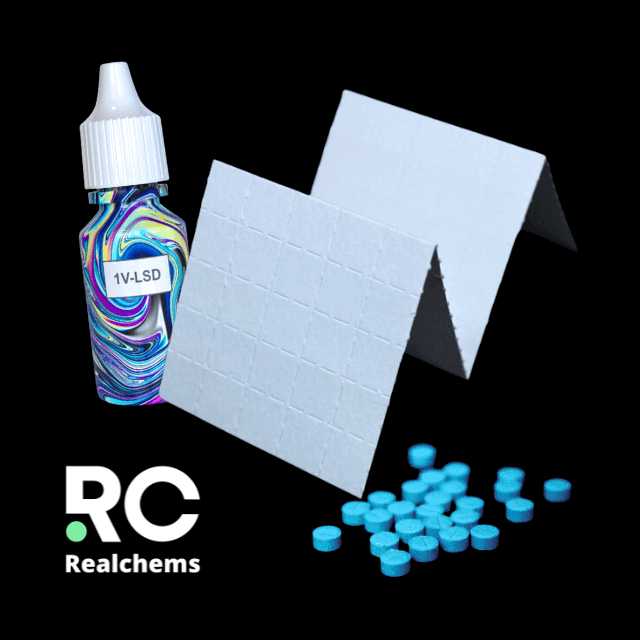
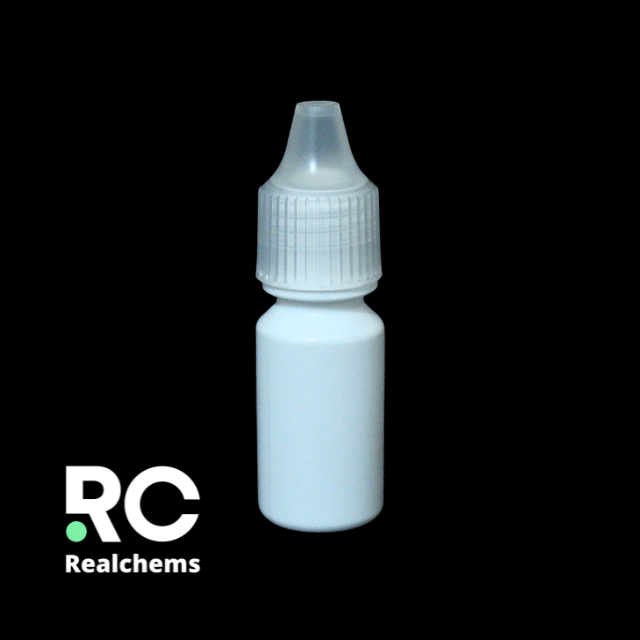
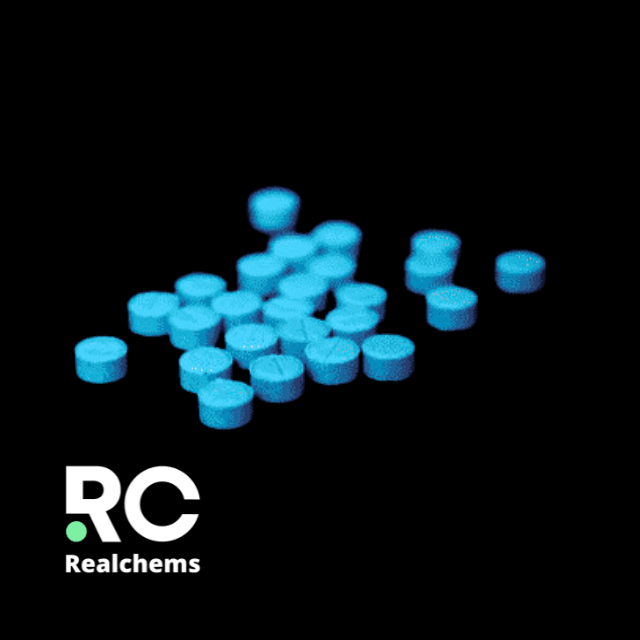
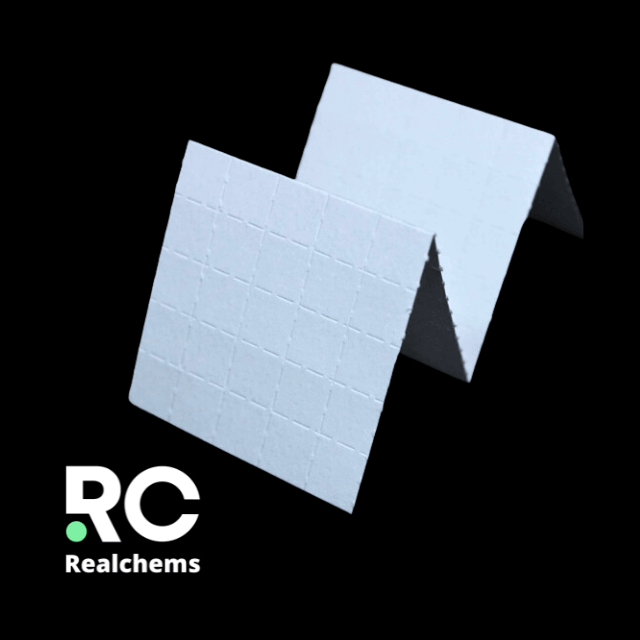
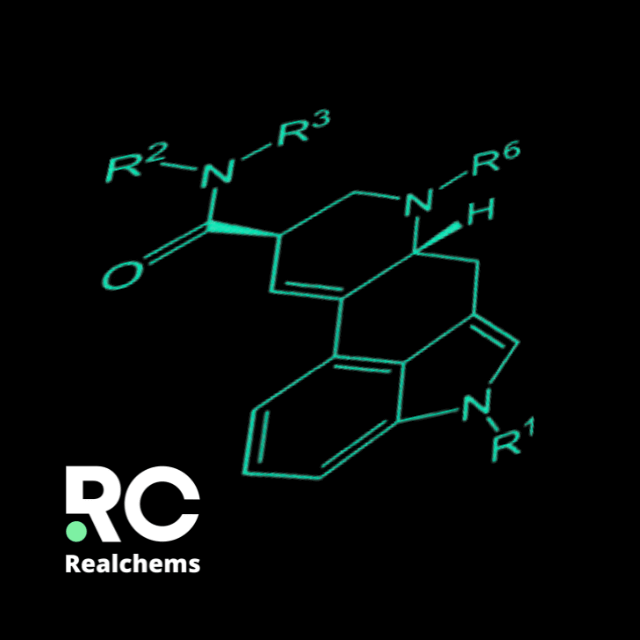


alexandre (verified owner) –
recherche faite avec 300 µg devant south park … superbe qualité de ouf la meilleurs de toutes la gammes car légèrement plus visuelles que les autres analogue tester comme 1cp-lsd et 1p-lsd , ALD-52 , en tout cas le 1V-LSD s’en rapproche un peut plus que les autres a mon ressentis prochaines recherche je viserai les 400 a 450 µg . vue les progrés de la recherche aux analogues au lysergamides cela ne m’étonnerai pas qu’ils y arrivent sous peut . en tous cas le 1V-LSD est trés encourageant en ce sens. BRAVO !!! bonne recherches à tous et soyez responsable d ‘autrui et en vers vous même !! toujours ! PEACE .
Lysergresearcher (verified owner) –
Shipping worked great was super fast and the product is amazing. 10/10 would recommend
Acid lover –
Good product
Goluban –
Very fast shipment and very good quality. Would def. recommend!
LordVader –
You should think about it.
Newborn –
Feel slightly different, than usual version. Visual components are the same but this “innovative” and “fresh”
Ca250gButter –
Valerie kommt dem orginal sehr nahe. Angenehmer als 1P oder 1CP meiner Meinung nach. Insgesamt eher was fürs Auge. Absolut empfehlenswert.
Zrislaft –
1v-lsd is a very potent lsd analog, fast and discrete shipping!
Waldemarretje –
Snel geleverd. Waanzinnig mooi onderzoek. 10/10.
Kluachzit (verified owner) –
Great quality and proper service.
NeTo (verified owner) –
I used 300mcg and it was great but it’s strong
6cc8f2b7 –
Arrived in less than a week, great packaging, insanely responsive and helpful customer service, just awesome. I’m yet to do research on this chemical, but I’m sure my research journey will be great.
Note for complaining customers: if you ordered a product with non-tracked shipping, do not blame the store if your package didn’t arrive, it’s not their fault and they can’t do anything about it (and next time choose a slightly more expensive option with tracked shipping)
PS thanks for the little gift!
jonathan.dewilde707 (verified owner) –
Livraison dans le monde entier , en 3 semaine malgré tout mais j’ai eu mes buvards et super super top , beaucoup plus fort que ce que je m’attendais , je recommande